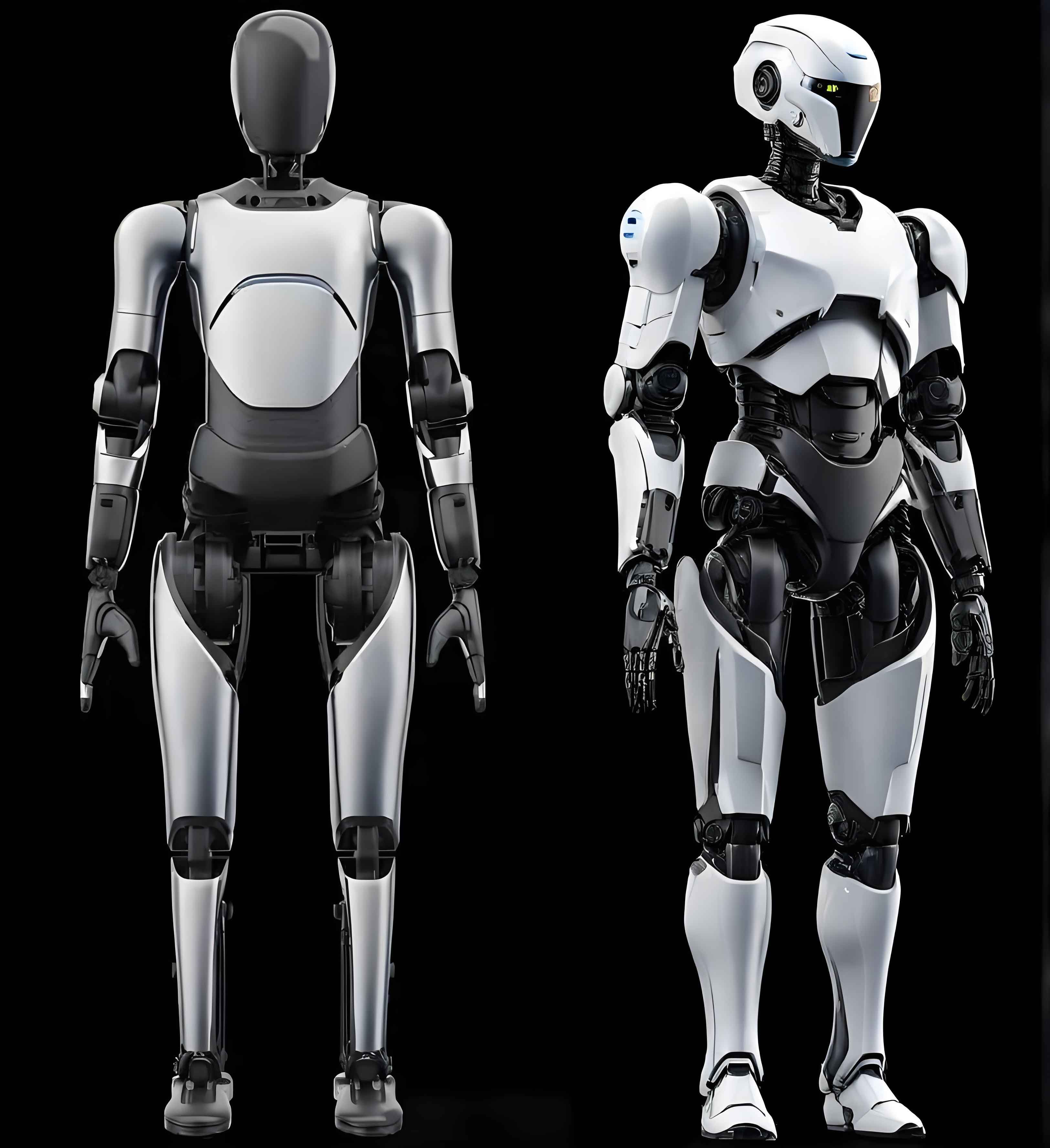The relentless pulse of innovation echoes through Shenzhen’s manufacturing hubs, where China’s humanoid robot industry is undergoing a seismic transformation. Driven by unprecedented state support, private-sector ambition, and cutting-edge R&D, this sector is rapidly evolving from experimental prototypes to commercially viable solutions poised to redefine global automation.

Strategic Foundations: Policy and Capital
China’s “Robotics+” action plan, integrated with its 2025 manufacturing strategy, fuels the humanoid robot revolution. Municipal governments like Shenzhen offer tax incentives, subsidized industrial parks, and venture capital matching—creating a fertile ecosystem for startups and tech giants. With over $2.1 billion invested in 2024 alone, the China humanoid robot industry leverages state-backed funds and private equity to accelerate hardware iteration and AI integration.
Supply Chain Dominance
Shenzhen’s electronics supply chain—the world’s most integrated—provides a decisive edge. Component manufacturers within a 50-mile radius produce precision actuators, sensors, and control systems at unmatched speed and scale. This infrastructure slashes production costs by 40% compared to Western counterparts, enabling rapid prototyping-to-manufacturing cycles. Companies like UBTECH and Unitree Robotics now deploy humanoids in logistics, healthcare, and hazardous environments, with export volumes surging 300% since 2023.
AI Convergence
The fusion of large language models (LLMs) with bipedal mobility marks China’s breakthrough. Baidu’s ERNIE and Huawei’s PanGu models enable real-time environmental adaptation, allowing robots to navigate complex terrains and execute dexterous tasks. At Shanghai’s AI Research Institute, humanoids now demonstrate 97% accuracy in object manipulation—outpacing global competitors. This synergy positions the China humanoid robot industry as an AI-hardware pioneer.
Global Market Ambitions
Export strategy targets Southeast Asia, Europe, and Africa, where aging populations and labor shortages drive demand. Chinese firms undercut rivals on price while matching functionality: Fourier Intelligence’s GR-1 humanoid retails at $50,000—half the cost of comparable U.S. models. Meanwhile, partnerships with automakers (BYD, Geely) integrate humanoids into assembly lines, showcasing scalable industrial applications.
Challenges and the Path Forward
Despite progress, hurdles remain. Western semiconductor restrictions pressure domestic chip development, while IP protection gaps deter international collaboration. Yet, China’s response is aggressive: State-led consortia are developing open-source robotics platforms, and universities now graduate 50,000 AI-robotics specialists annually. By 2030, analysts project the China humanoid robot industry will capture 65% of the global market.
Conclusion: Redefining Automation
China isn’t merely participating in the robotics race—it’s setting its terms. With policy agility, supply chain mastery, and AI innovation, the China humanoid robot industry transcends manufacturing to shape the future of work, healthcare, and global economic competitiveness. As these machines step off factory floors into daily life, they carry a clear message: China’s technological ascendancy is walking tall.
